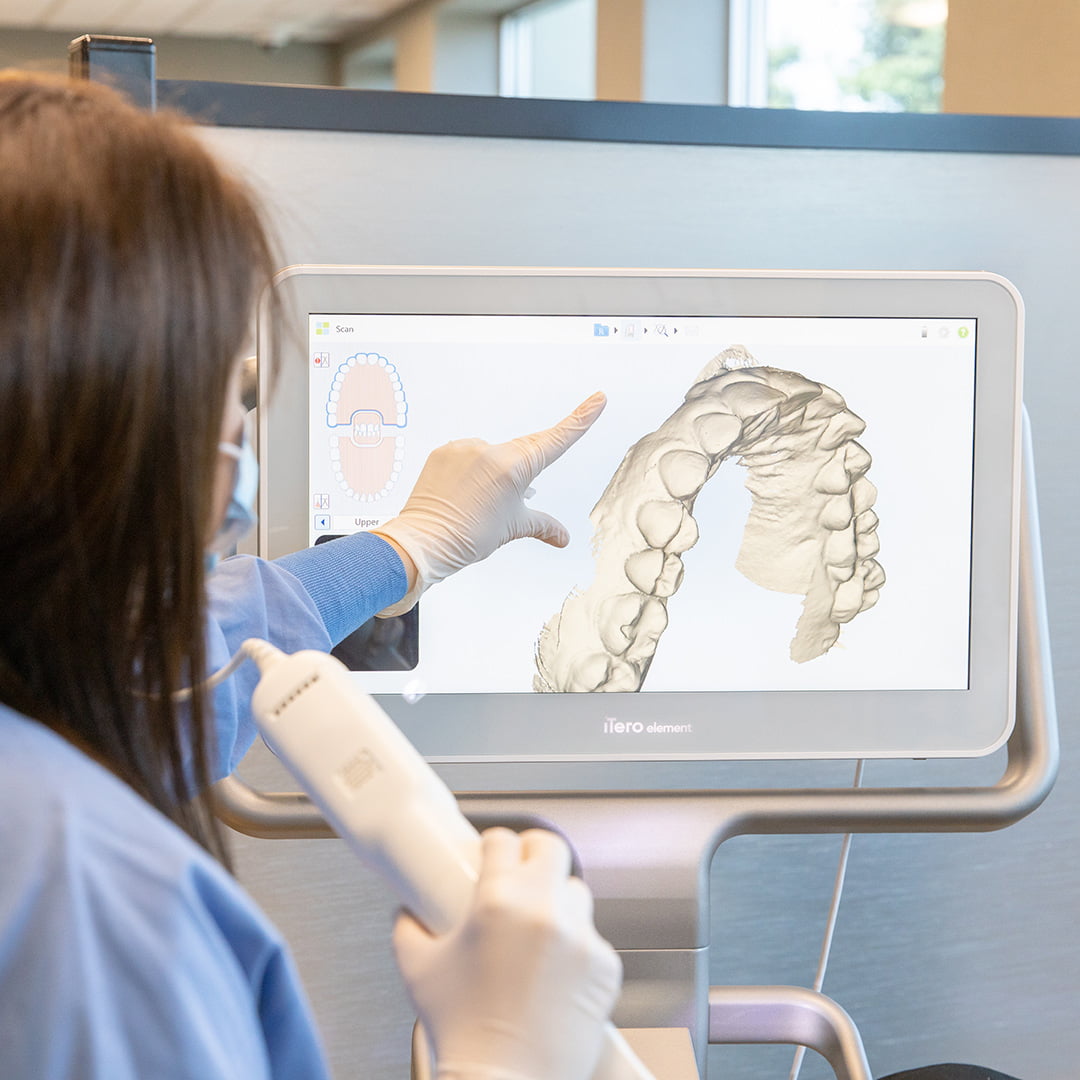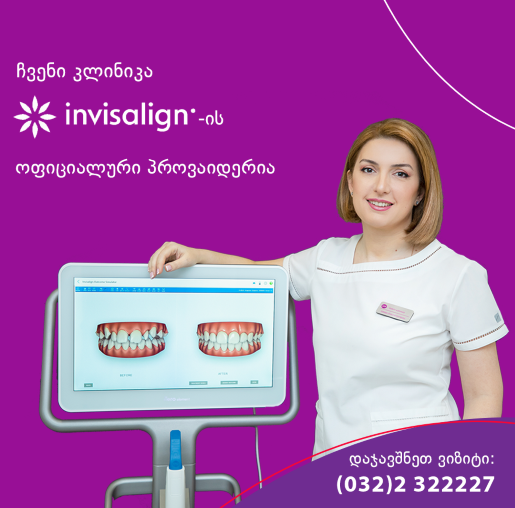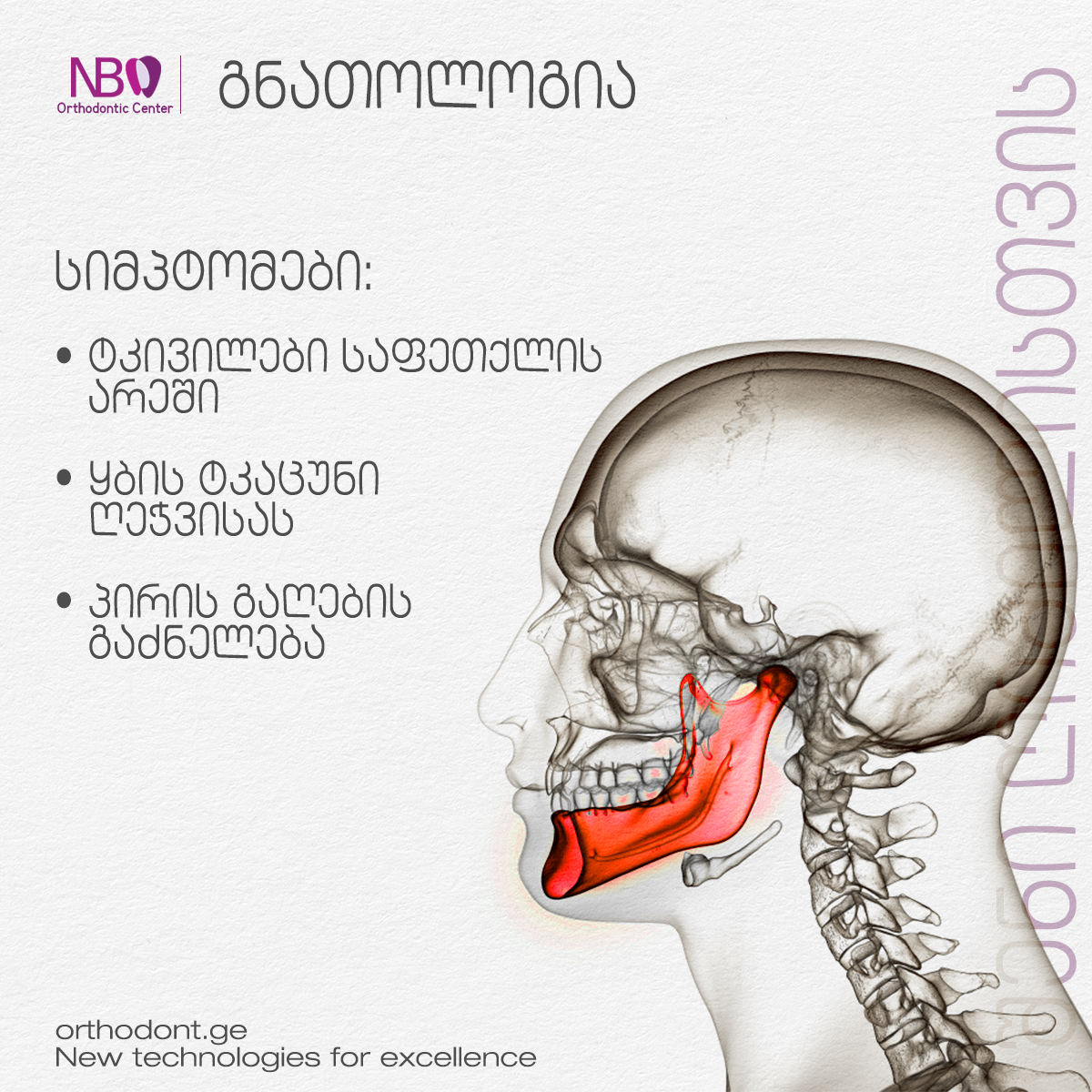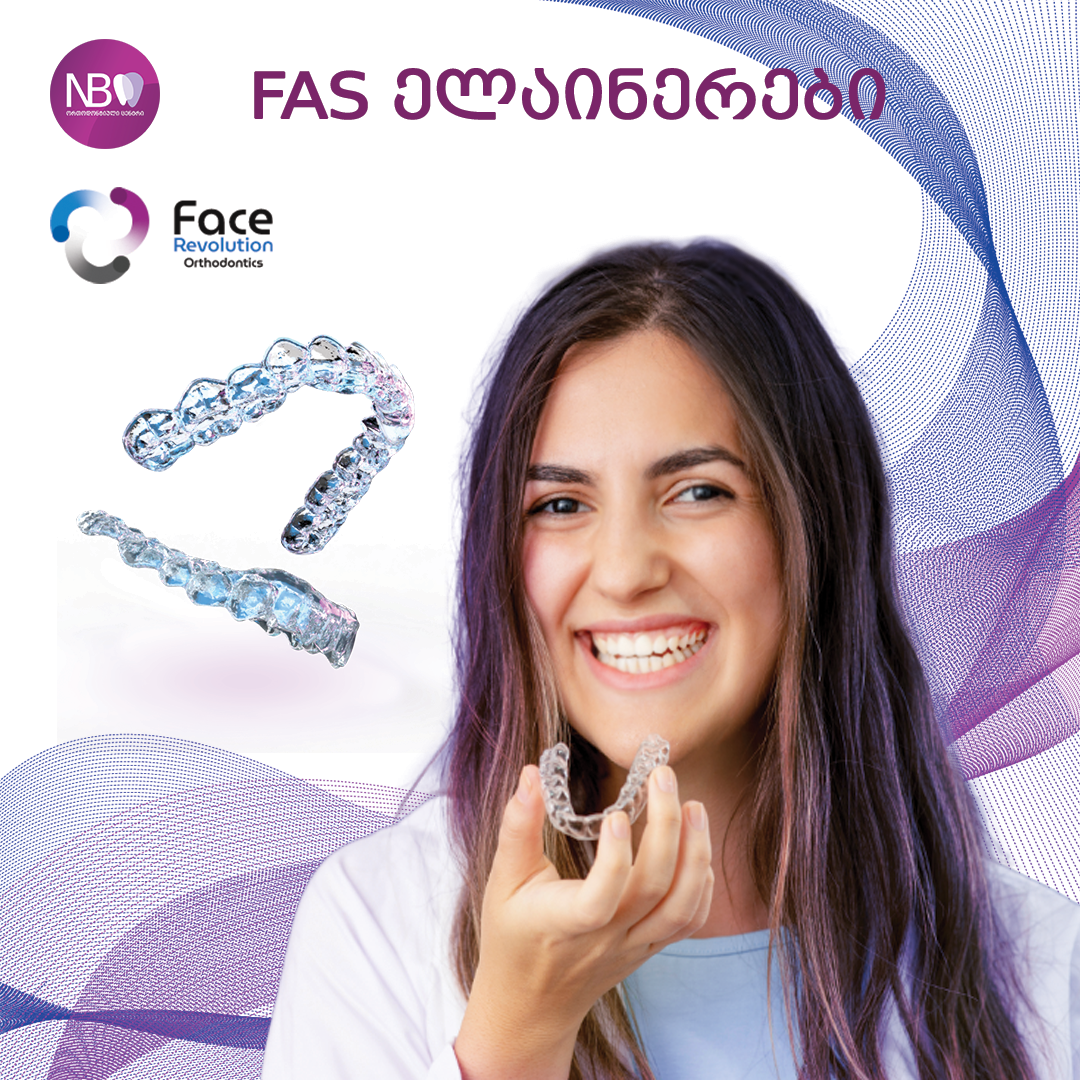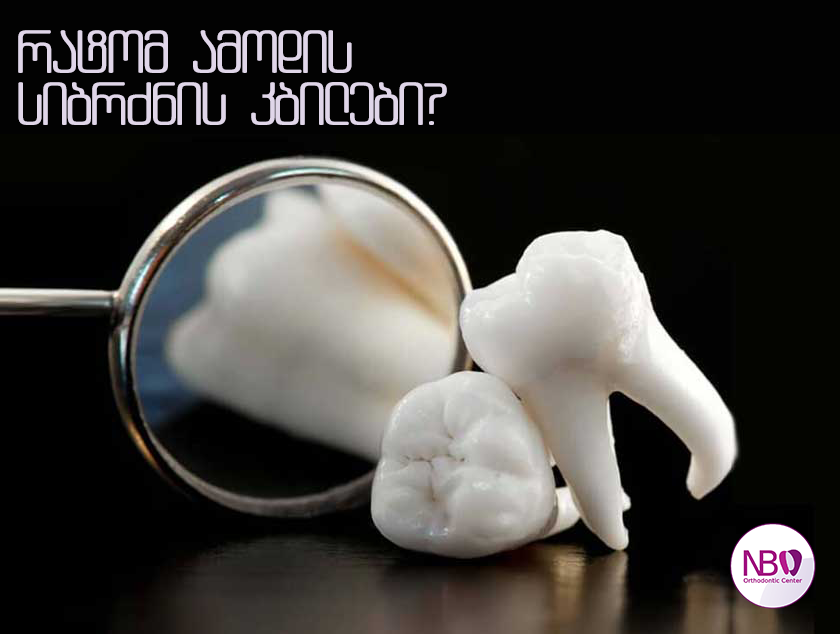Teen Years Without Cavity
Braces, third molars, facial appearance and bad breath are just a few new things for your teenagers to worry about as they make the transition from childhood to adulthood. Because kids are busy with school, jobs, sports and social activities, — plus eating a lot of junk food — you've got a situation ripe for dental issues, such as cavities.
The best way for teens to enjoy a nice smile and healthy teeth is to continue the good oral habits started early in childhood.
Here are a few tips to help your child get through the teen years cavity-free:
Encourage your teenager to take good care of his teeth. This means brushing at least twice a day and flossing daily. Teenagers care a lot about how they look. Help your teen understand that bad oral hygiene can lead to stains, bad breath, missing teeth and many other dental problems.
Set a good example. If you take good care of your teeth, your teenager will see that good oral hygiene is important to you. Your talks and warnings will not seem hypocritical and will carry greater weight.
Have plenty of oral health-care supplies on hand. Keep soft toothbrushes, colored, flavored floss or plastic flossers and good- tasting toothpaste out in the bathroom. You can even keep them in the kitchen for quick use when teens are in a hurry.
Don't buy junk food. Instead, keep lots of fruits and vegetables in the house for snacking.
Talk to your teens about the dangers of smoking and the oral health hazards it can cause. In addition, some teens are presented with social pressures to start smoking or get oral piercings. It is important for parents to present the dangers so their teens know the consequences of their choices.
As teens continue to grow, they’re faced with certain dental issues, such as getting braces or having their wisdom teeth removed. Many of these procedures are a normal part of life, while others are proactive steps dentists take to help ensure a lifetime of oral health.
Here are some good things to share with your teen:
Braces are about more than a pretty smile. Straight teeth also are easier to clean, promote healthy gums, give a balanced facial appearance and are less likely to get chipped.
Wisdom teeth, also called third molars, don't always have enough room to emerge during the late teens to early 20’s. Impacted wisdom teeth can damage nearby teeth or cause infection, and may need special care.
Bad breath, or halitosis, usually comes from bacteria that form on the tongue. In many cases, a simple change in your teen’s personal oral hygiene habits can freshen him up, starting with good oral hygiene, brush the tongue and keep regular visits to your dentist.
Whitening those pearly whites can be done with whitening toothpastes, mouth rinses and toothbrushes. The dentist also offers whitening treatment options that are done in the dental office and at home.
Tobacco products contain toxins that can cause carious types of cancer, gum disease, bad breath, tooth discoloration and a diminished sense of smell. It’s easier to kick a smoking habit earlier rather than later.
Playing Sports
Because of the very nature of certain sports — especially football, hockey, baseball and basketball — the American Dental Association recommends wearing a mouth protector or mouth guard. These devices typically cover the upper teeth and can help cushion a blow to the face, minimizing the risk of broken teeth and injuries to the soft tissues of the mouth. Mouth guards can also reduce the risk of teeth getting chipped or knocked out during play or practice and help protect the teeth, lips, tongue, face and jaw.
Brushing and Flossing with Braces
If your dental hygiene wasn't the best before you got braces on, it's time to step up your game. Taking care of your teeth and gums becomes extra important when you wear braces, and caring for them means taking the time to brush your teeth and floss regularly. Use a toothbrush with a soft bristled head, toothpaste with fluoride and be gentle when you brush and floss to remove food debris and dental plaque from between your teeth and gums and from the brackets of the braces.
